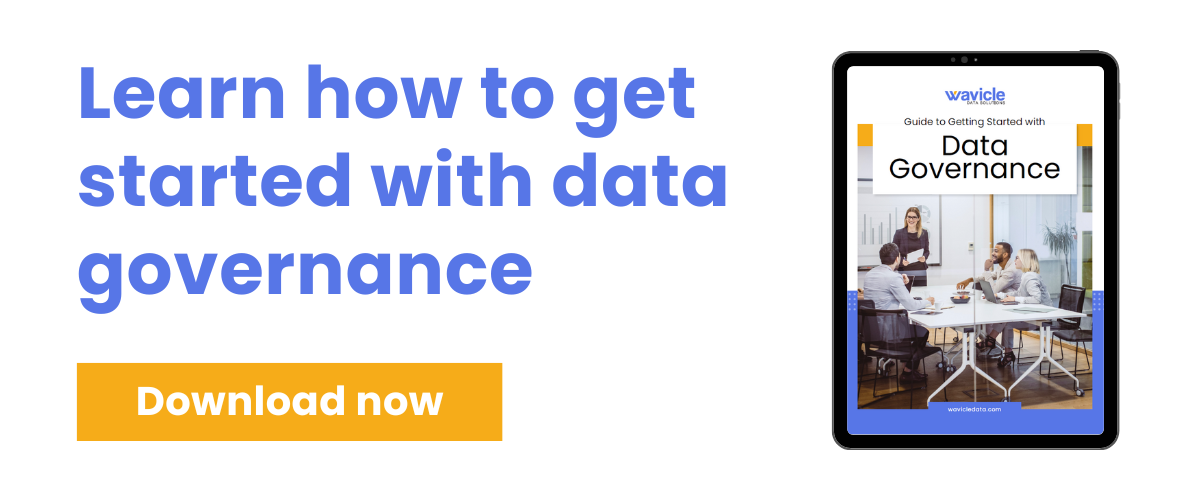Organizations are increasingly reliant on data for critical operations, insights, and decision-making – and they have access to more data than ever before, collected from point-of-sale machines, website and app tracking, third-party data providers, and more. Achieving success in almost every sector now requires harnessing the power of this data, whether your company is simply developing a deeper understanding of customer behavior or automating decision-making with AI.
All of this data opens up massive business opportunities, but it also places greater responsibility on companies to ensure that data is accurate and secure. To do so, organizations need strong data governance programs to maintain the confidentiality, integrity, and availability of their valuable data assets.
This is why many businesses are focused on designing and implementing data governance frameworks to better protect their various digital assets. Yet data governance impacts leaders and individual contributors across IT, data and analytics, and business functions. Which leads to the question: Who should be involved in these data governance efforts?
Data governance leadership roles
For many organizations, especially large, global enterprises, data governance will involve a wide variety of contributors playing several different roles. Every individual is critical to success, as architects of the chosen governance framework design the processes and procedures integral to the system, leaders in the data governance program help drive adoption, and individual contributors are responsible for adding, modifying, and accessing data in ways that align with the company’s governance standards.
At Wavicle, we often recommend organizations establish a data governance workgroup, also known as a Data Governance Executive Team, Data Governance Council, or a Data Governance Steering Committee. As a cross-functional leadership team, this group provides oversight of data management. Typically, the Chief Data Officer (CDO) or a similar data-focused leader will serve as the head of the workgroup. However, it is critical to extend the workgroup to other IT and business functions. Data governance touches every part of a company’s operations, which makes it important to collect input and feedback from many departments and gain buy-in at every level.

Key players in data governance frameworks
There are many other roles throughout an organization that help drive the success of data governance programs. These include:
Business data owners
Business data owners are business line executives, group project leaders, or others who have accountability for the use of the data within their domains. They can help ensure that domain data is properly defined and used throughout the company. Depending on the size of the organization, data owners are generally leaders in their business or function.
Business data stewards
Business data stewards are responsible for the implementation and ongoing improvement of information quality. There are generally two types of data stewards: a business unit data steward who is responsible for managing the data for their specific business unit (e.g. marketing, finance, etc.) and a domain steward who manages data for a particular data domain (e.g. customer data, reference data).
IT data stewards
IT data stewards are subject matter experts for the data source assigned to them. Each IT data steward is responsible for executing initiatives and decisions associated with the functional area/domain of the assigned data source.
Where to start for cross-functional data governance
With so many different stakeholders, designing and adopting a new data governance program is anything but simple. It requires buy-in at every level and in every department to be successful. However, the results – quality, secure data — are well worth the effort.
Dig deeper into what it takes to start a data governance program by downloading Wavicle’s Guide to Getting Started with Data Governance, and when you’re ready to take the next step, reach out to our team.


